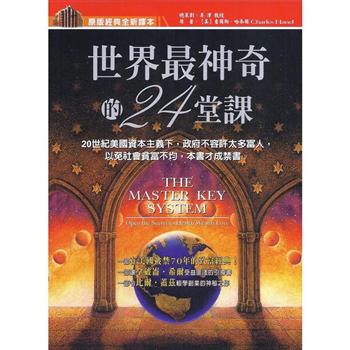Since the Second World War, the Muslim Brotherhood in Egypt faced periods of extensive state repression, between 1948-1951 and 1954-1970 and again after 2013. These mihan or "ordeals", as members call them, were characterised by a shift from overt political activity to clandestine organising, and despite their importance have remained little studied. This book uses extensive archival research to uncover what took place when the organisation was forced unground and how and why it survived. It combines social theory with a vast array of primary source material such as autobiographical accounts produced by members, Egyptian court documents accounts by members of the Egyptian military or intelligence officers, and reports by British and American diplomats and intelligence officers. The result is a new bottom-up perspective on the Brotherhood’s structure that goes beyond the role of leaders such as Sayyid Qutb to reveal it as both an overt political organisation and a secretive one able to withstand extended and harsh periods of persecution.
| FindBook |
有 1 項符合
The Muslim Brotherhood and State Repression in Egypt: A History of Secrecy and Militancy in an Islamist Organization的圖書 |
 |
The Muslim Brotherhood and State Repression in Egypt: A History of Secrecy and Militancy in an Islamist Organization 作者:Zalaf 出版社:I. B. Tauris & Company 出版日期:2024-07-25 語言:英文 規格:平裝 / 232頁 / 23.39 x 15.6 x 2.54 cm / 普通級/ 初版 |
| 圖書館借閱 |
| 國家圖書館 | 全國圖書書目資訊網 | 國立公共資訊圖書館 | 電子書服務平台 | MetaCat 跨館整合查詢 |
| 臺北市立圖書館 | 新北市立圖書館 | 基隆市公共圖書館 | 桃園市立圖書館 | 新竹縣公共圖書館 |
| 苗栗縣立圖書館 | 臺中市立圖書館 | 彰化縣公共圖書館 | 南投縣文化局 | 雲林縣公共圖書館 |
| 嘉義縣圖書館 | 臺南市立圖書館 | 高雄市立圖書館 | 屏東縣公共圖書館 | 宜蘭縣公共圖書館 |
| 花蓮縣文化局 | 臺東縣文化處 |
|
|
圖書介紹 - 資料來源:博客來 評分:
圖書名稱:The Muslim Brotherhood and State Repression in Egypt: A History of Secrecy and Militancy in an Islamist Organization
內容簡介
作者簡介
Ahmed Abou El Zalaf is Teaching Assistant at Southern Denmark University. His published work includes articles in peer-review journals such as Numen and a chapter in the peer-reviewed edited volume Muslim Subjectivities in Global Modernity: Islamic Traditions and the Construction of Modern Muslim Identities (2020).
|











